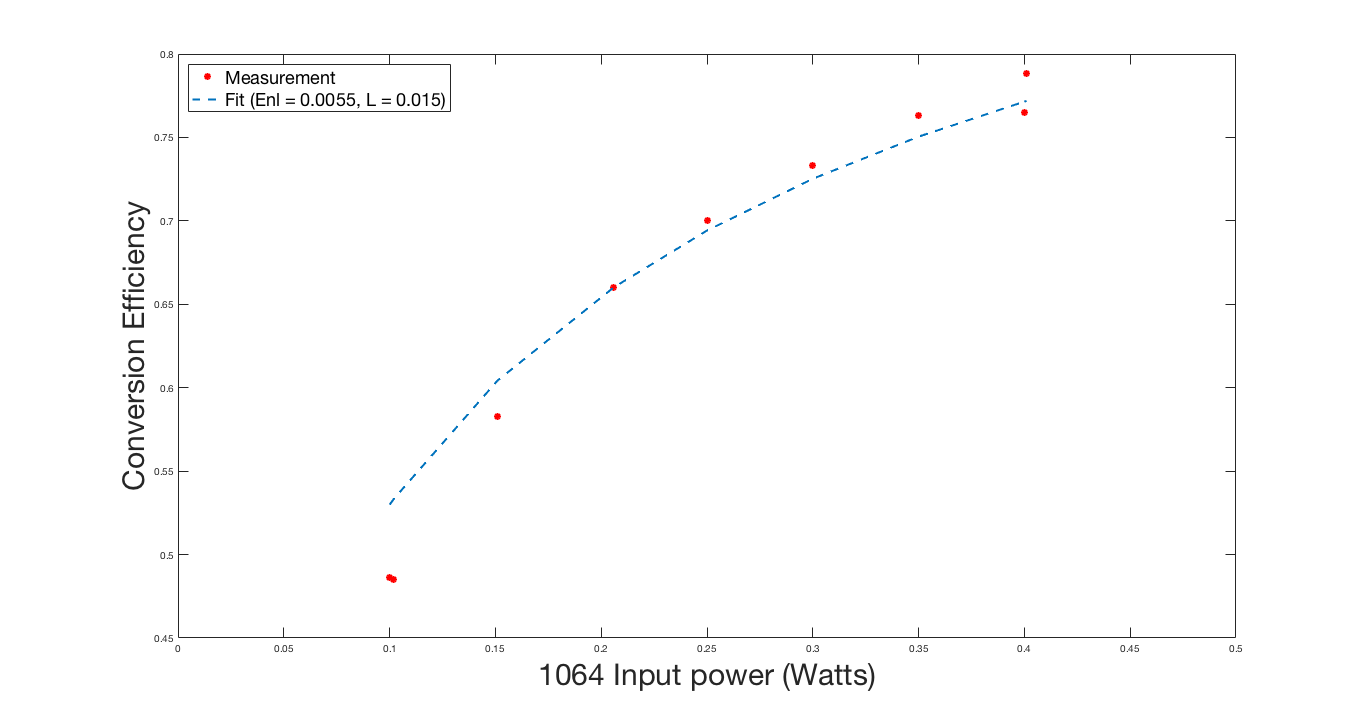Peek Down X-arm TOMORROW! Here are notes regarding it:
- COMMISSIONING TEAM: Stated they are ready (ASC Model update & x-ALS prep COMPLETE).
- VACUUM: Prepping today & ready for peek at 8am tomorrow.
- Pseudo Maintenance Day tomorrow: Usual vendors OK, NO ENTRY in HAM6, NO viewport work, NO Craning
Other Items:
- Ailing PSL being downgraded to only frontend 35-W operation to hobble along until PSL upgrade starting 2/12.
- TCS laser commissioning (T-Vo): PZT & chiller work being done & using guardian as well.
- ETMy is in chamber and this week should consist of alignment work (Kissel)
- HEPI status (Hugh): EY waiting for door to go on, then can run fluid through system.
- PCAL Baffles (TJ): getting parts processed this week
- Squeezer (Terry): Escape efficiency measurement, install new mirror from MIT, ISCT6 work continuing and cabling continuing


























